- Nov 24, 2025 / Education , Personal Development
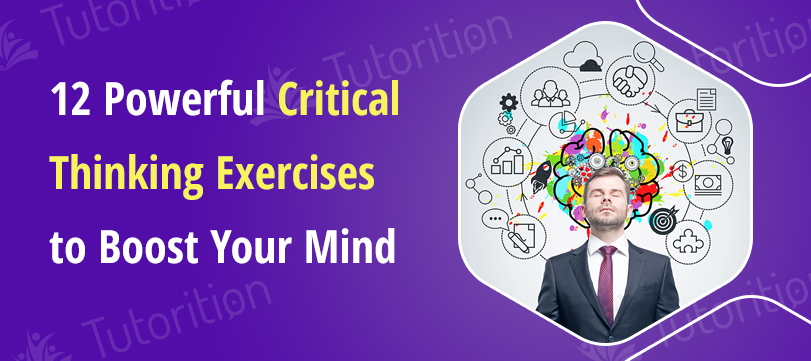
In a world overflowing with information, opinions, and fast-evolving technology, the ability to think clearly has become more valuable than any tool or degree. Whether you're a student tackling tough assignments, a professional making high-stakes decisions, or someone simply trying to navigate everyday situations with confidence, strong critical thinking skills can transform the way you learn, work, and communicate.
But mastering critical thinking doesn’t happen by accident - it grows through practice. That’s why critical thinking exercises play such a powerful role in sharpening your mind. The right activities help you analyze information, challenge assumptions, solve problems creatively, and make well-reasoned decisions instead of reacting emotionally or impulsively.
In this blog, we explore some of the most effective critical thinking exercises, break down what critical thinking really means, and explain why critical thinking is important for both personal and professional growth. You’ll find simple explanations, real-life examples, and practical exercises you can start using immediately - whether you're in a classroom, workplace, or everyday life.
What Is Critical Thinking?
Critical thinking is the ability to examine information objectively, break it down logically, and arrive at a well-reasoned conclusion instead of accepting things at face value. At its core, it’s about learning how to think rather than what to think.
In simple terms, critical thinking helps you pause, analyze, and understand before you decide. It’s a blend of curiosity, logic, self-awareness, and discipline—skills that allow you to question assumptions, recognize patterns, evaluate evidence, and make sound judgments.
The Real Meaning Behind Critical Thinking
Many people assume critical thinking means debating, overanalyzing, or constantly questioning everything. But in reality, it’s much simpler and far more practical. Critical thinking is the process of:
- observing a situation clearly
- gathering accurate facts
- separating emotions from evidence
- considering multiple perspectives
- evaluating the possible outcomes
- making informed, rational decisions
For example, imagine you are choosing between two job offers. A non-critical thinker might choose the one with a higher salary. A critical thinker, however, evaluates long-term growth, company culture, workload, commute, leadership, and stability - leading to a decision that benefits their future, not just their present.
How Critical Thinking Exercises Help Your Brain?
Critical thinking exercises act like a workout for your brain. Just as physical exercise strengthens your muscles, these mental challenges strengthen the neural pathways responsible for decision-making, reasoning, and problem-solving. When you consistently practice activities like analysis, evaluation, and reflection, your brain becomes faster, sharper, and more adaptable. Over time, you develop the ability to process information clearly, avoid mental biases, and make decisions with greater confidence.
Key Ways These Exercises Benefit Your Brain
- Strengthen Neural Connections: Regular analytical thinking builds and reinforces pathways in the prefrontal cortex — the part responsible for judgment, planning, and logic.
- Improve Cognitive Flexibility: Your brain becomes better at switching between ideas, seeing multiple perspectives, and adapting to new information.
- Increase Focus and Mental Clarity: These exercises train your brain to filter distractions, identify what matters most, and stay mentally organized.
- Reduce Cognitive Biases: With repeated practice, you learn to question assumptions, validate information, and avoid emotional or misleading shortcuts.
- Boost Memory and Information Retention: Analyzing and connecting ideas helps your brain store and recall information more effectively.
- Enhance Problem-Solving Speed: You learn to break complex issues into smaller parts, helping your brain respond faster and more creatively.
- Support Long-Term Brain Health: Mental challenges keep your brain active, lowering the risk of cognitive decline as you age.
Top 12 Critical Thinking Exercises to Become a Critical Thinker
Exercise #1. The “5 Whys” Analysis
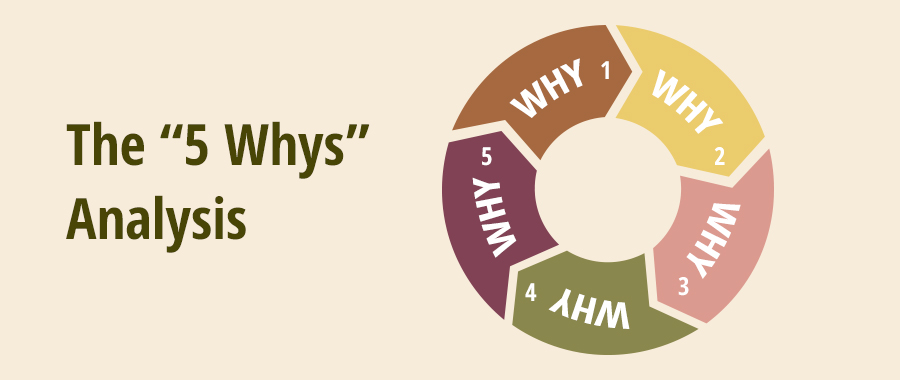
The 5 Whys exercise helps you move past surface-level explanations and uncover the deeper cause behind any problem. By repeatedly asking “why,” you can trace issues back to their true root instead of guessing.
Why it works:
Most problems start long before you notice the symptoms. This exercise cuts through assumptions and encourages deeper reasoning.
Example:
Problem: You keep missing assignment deadlines.
- Why? — I start too late.
- Why? — I underestimate how long it takes.
- Why? — I don’t break tasks into smaller parts.
- Why? — I don’t plan ahead.
- Why? — I don’t use a structured schedule.
Root cause: Poor planning system.
How to practice:
- Write the problem clearly.
- Ask “Why?”
- Use each answer to ask the next “Why?”
- Continue until you uncover the root issue.
Skill improved: Root-cause analysis, clarity, deeper problem-solving.
Exercise #2. The Assumption Challenge
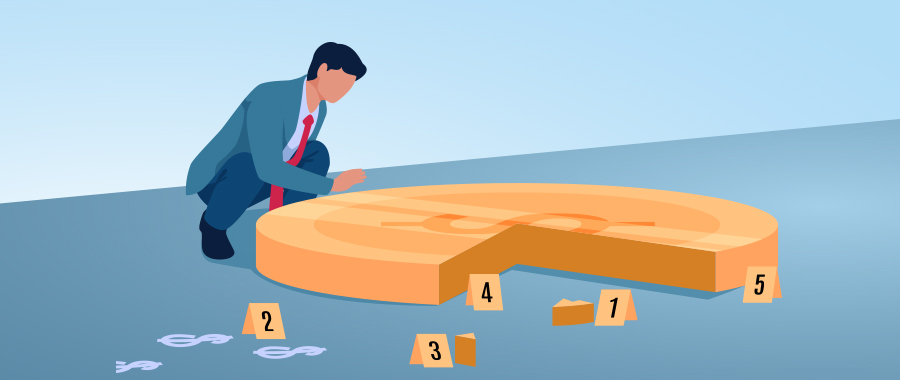
This exercise trains your brain to question assumptions - the hidden beliefs you often accept without thinking. Challenging those assumptions helps you make more rational, well-informed decisions.
Why it works:
Assumptions create blind spots. When you learn to spot them, the quality of your decisions improves drastically.
Example:
Assumption: “Online courses aren’t as effective as classroom learning.”
Challenge:
- What evidence supports this?
- Are there exceptions?
- Could modern technology change this?
- How do different learning styles impact effectiveness?
You may realize the assumption is outdated or only partially true.
How to practice:
- Identify a belief you think is “obviously true.”
- Ask: “What am I assuming here?”
- Look for evidence FOR and AGAINST it.
- List alternative possibilities.
Skill improved: Open-mindedness, logical reasoning, decision-making.
Exercise #3. The Reverse Thinking Exercise

Reverse thinking forces you to approach a problem from the opposite direction. Instead of asking “How do I solve this?” you ask, “How do I make this worse?” This surprising method highlights mistakes you might overlook.
Why it works:
Reversing a problem exposes hidden obstacles and helps you avoid common pitfalls.
Example:
Goal: Improve customer satisfaction.
Reverse question: “How can I annoy customers?”
Answers:
- Slow support responses
- Poor product descriptions
- Complicated checkout
- No follow-up
Reversing these gives you clear improvement steps.
How to practice:
- State the goal.
- Flip it: “How do I achieve the opposite?”
- List all possible negative actions.
- Reverse them back into solutions.
Skill improved: Creative problem-solving, perspective shifting.
Exercise #4. The Evidence Hunt Challenge

Modern life is full of strong opinions and weak evidence. This exercise trains your brain to verify information instead of accepting it blindly.
You learn to question the credibility, source, and reliability of claims.
Why it works:
Your brain often jumps to conclusions. Evidence hunting forces you to slow down and verify before believing.
Example:
Claim: “A certain diet guarantees rapid weight loss.”
Evidence check:
- What scientific studies support this?
- Are sources credible?
- What do nutrition experts say?
- Are there counterexamples?
You quickly see whether the claim is reliable or hype-based.
How to practice:
- Take a claim you’ve heard online.
- Collect supporting evidence.
- Collect opposing evidence.
- Compare both objectively.
Skill improved: Analytical thinking, information literacy, bias reduction.
Exercise #5. The Perspective Switching Technique

Sometimes the real challenge isn’t the problem itself but how we look at it. Perspective Switching helps you step outside your own viewpoint and analyze situations through different lenses. This simple shift often reveals insights you completely missed before.
Why it works:
It reduces personal bias, encourages empathy, and helps you develop more balanced, objective conclusions.
Example:
Scenario: A coworker gives very late responses.
- Your perspective: “They’re ignoring me.”
- Their perspective: “I’m handling multiple tasks and barely keeping up.”
- Manager’s perspective: “We need a workflow system to improve communication.”
How to practice:
- Pick a situation causing stress or confusion.
- Write down 3–4 alternative viewpoints (others involved, a neutral observer, future-you).
- Compare the differences and note new insights.
Skill improved:
Open-mindedness, emotional intelligence, bias awareness, multi-angle reasoning.
Exercise #6. The Six Thinking Hats

This exercise helps you explore a problem from six different perspectives rather than relying on your default way of thinking. It encourages structured, balanced, and creative analysis — especially useful for individuals and teams facing complex decisions.
Why it works:
Most people think from only one or two angles. This method forces you to shift perspectives and eliminate bias.
Example:
Problem: “Should we launch a new product?”
- White Hat: What facts do we have?
- Red Hat: What does our intuition say?
- Black Hat: What could go wrong?
- Yellow Hat: What are the benefits?
- Green Hat: What creative ideas can improve this plan?
- Blue Hat: What’s the overall direction and conclusion?
How to practice:
- Define a problem.
- Go through each “hat” perspective one by one.
- Write insights under each hat.
- Review the conclusions to form a final decision.
Skill improved:
Multi-angle thinking, creativity, and unbiased decision-making.
Exercise #7. Argument Mapping
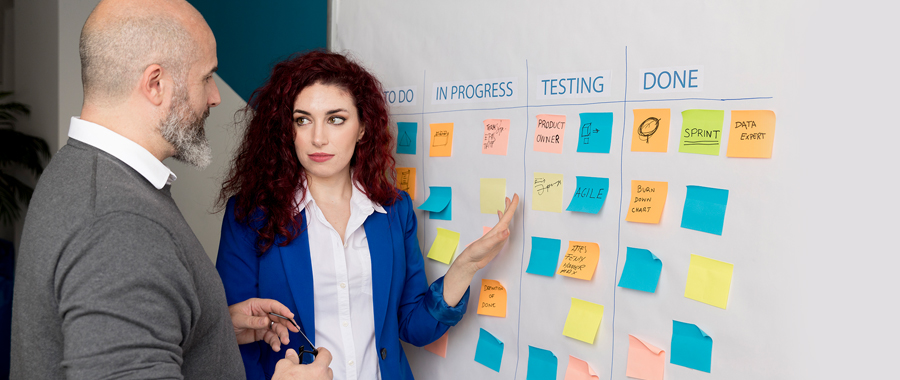
Argument Mapping helps you visually break down an argument into claims, reasons, and evidence. It’s one of the most effective ways to identify weak logic or missing support in complex discussions.
This critical thinking exercise is for students, adults, writers, debaters, and professionals who need to evaluate information clearly.
Why it works:
Seeing an argument visually exposes assumptions, gaps, contradictions, and weak reasoning patterns.
Example:
Topic: “Online learning is better than classroom learning.”
- Claim: Online learning offers more flexibility.
- Support: Students can learn at their own pace.
- Counterpoint: Some students struggle without structure.
- Evidence: Data showing varied performance.
How to practice:
- Choose an argument (article, opinion, or your own idea).
- Identify the main claim.
- Map supporting points and evidence.
- Add counterarguments.
- Review for weak or unsupported areas.
Skill improved:
Logic, reasoning, debate skills, and evidence evaluation.
Exercise #8. Inversion Technique
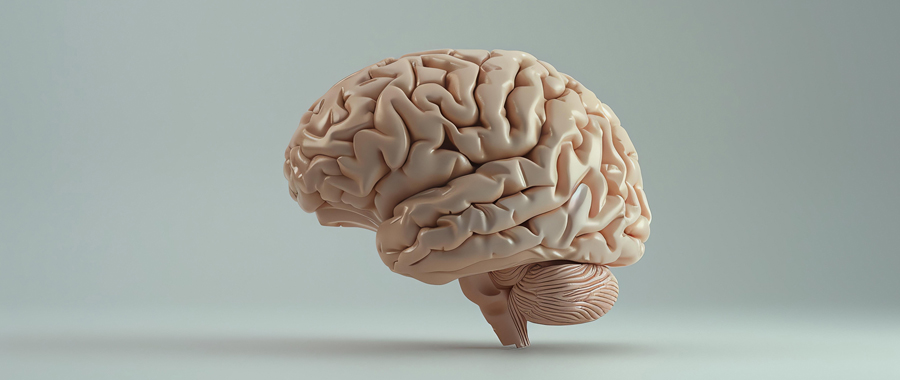
Instead of asking “How can I succeed?”, this exercise asks, “What would cause me to fail?” Inversion shifts your mindset and helps you uncover risks, blind spots, and mistakes long before they happen.
It’s a favorite exercise among entrepreneurs, strategists, and problem-solvers.
Why it works:
You avoid overconfidence by exploring the opposite direction — which reveals hidden problems and prepares you better.
Example:
Goal: Build healthier habits.
Instead of asking “How do I stay healthy?”
Ask: “What would ruin my health?”
– Poor sleep
– No exercise
– High stress
Then build solutions around preventing those issues.
How to practice:
- State your goal.
- Ask: “What would guarantee failure?”
- List all negative actions and risks.
- Reverse them into positive habits or solutions.
Skill improved:
Risk analysis, foresight, strategic thinking.
Exercise #9. The “What If” Scenario Builder

Our minds naturally assume things will remain as they are. The “What If” Exercise challenges that complacency by forcing your brain to explore alternative futures.
It helps you think creatively while predicting risks, opportunities, and consequences.
Why it works:
It encourages flexible thinking and helps prepare for unexpected situations.
Example:
What if your internet went down during an online exam?
- Backup hotspot
- Offline notes
- Time-buffer planning
- Communicating in advance
How to practice:
- Pick a situation.
- Ask “What if ___ happens?”
- Brainstorm 3–5 responses.
- Evaluate the best plan.
Skill improved:
Creative thinking, adaptability, risk awareness.
Exercise #10. The “Teach Back” Method
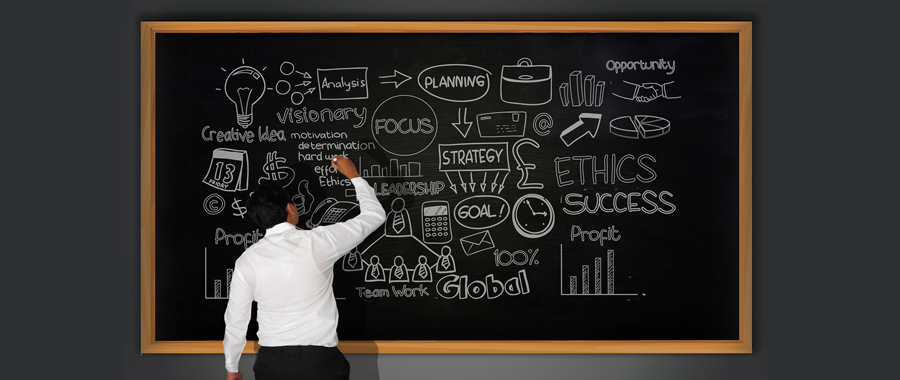
If you truly understand something, you should be able to explain it simply. Teaching a concept out loud forces your mind to organize information, fill knowledge gaps, and think more clearly.
It transforms passive learning into active mastery.
Why it works:
Strengthens comprehension and long-term memory.
Example:
Study a chapter, then explain it to a friend or even an empty room.
If you get stuck — that’s a gap you need to revisit.
How to practice:
- Read a topic.
- Close the book.
- Explain it as if teaching someone.
- Review unclear parts.
Skill improved:
Knowledge clarity, articulation, information retention.
Exercise #11. Opinion vs. Fact Sorting
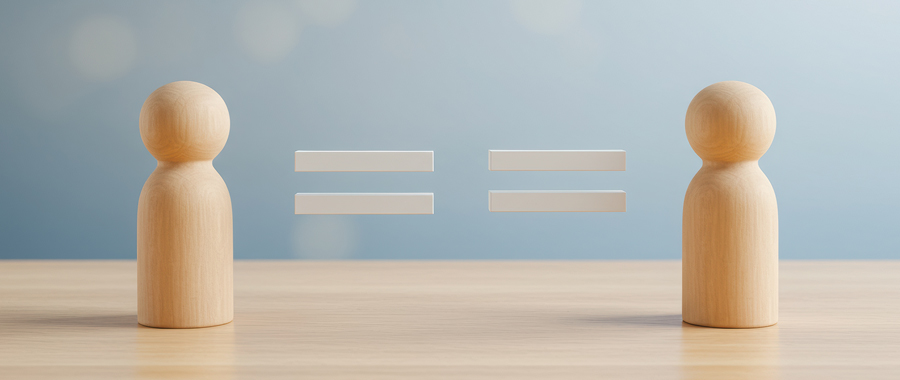
This exercise trains your mind to distinguish assumptions, beliefs, and emotions from evidence-based facts. It’s extremely useful in today’s world of misinformation and emotionally charged content.
It builds a habit of evaluating information with clarity rather than reacting impulsively.
Why it works:
Separating facts from opinions reduces bias and helps you make rational decisions.
Example:
Statement: “Electric cars are better for the environment.”
- Fact: They produce zero tailpipe emissions.
- Opinion: They’re the future of all transportation.
- Fact: Battery production has environmental impact.
- Opinion: Everyone should switch to electric vehicles.
How to practice:
- Take a news post, social post, or statement.
- Highlight factual statements.
- Highlight subjective or emotional statements.
- Compare and rewrite the idea using only facts.
Skill improved:
Media literacy, judgment, rational thinking, evidence evaluation.
Exercise #12. The Decision Matrix Exercise

When decisions involve multiple factors, our brain tends to get overwhelmed or biased. A Decision Matrix helps you compare options side-by-side with objective scoring.
It turns guesswork into structured reasoning.
Why it works:
Reduces emotional decision-making and improves logical choices.
Example:
Choosing a course:
Criteria: Cost, Duration, Reviews, Career value
Score options 1–5 and total the results.
Highest score = best decision.
How to practice:
- List options.
- Choose criteria.
- Score each.
- Compare totals.
Skill improved:
Decision-making, comparison skills, analytical reasoning.
Why Is Critical Thinking Important?
Imagine this:
Two people face the same problem. One feels stuck and overwhelmed. The other stays calm, breaks things down, and confidently chooses the best path. The difference? Critical thinking.
In a world full of fast information, constant pressure, and endless choices, critical thinking isn’t just a skill—it’s a survival advantage. It turns confusion into clarity, emotions into logic, and challenges into opportunities.
1. It Helps You Make Better Decisions
Critical thinking helps you evaluate options logically instead of reacting emotionally. Your decisions become:
- More informed
- More stable
- More aligned with long-term goals
You act with confidence instead of second-guessing yourself.
2. It Turns Problems Into Solutions
Critical thinkers don’t panic—they analyze. They identify root causes, spot patterns, and find creative ways out. This leads to:
- Faster solutions
- Fewer repeat mistakes
- Smarter problem-solving
3. It Protects You From Misinformation
With clickbait, half-truths, and AI-generated content everywhere, critical thinking shields you from being misled. It helps you detect:
- Bias
- Exaggeration
- Logical fallacies
It keeps your decisions and beliefs grounded in truth.
4. It Makes You a Better Communicator
Clear thinking = clear communication. Critical thinkers explain better, ask better questions, and communicate with:
- Logic
- Structure
- Confidence
This strengthens teamwork and leadership.
5. It Improves Learning and Adaptability
Knowledge changes fast. Critical thinking helps you:
- Learn smarter
- Filter what matters
- Adapt to new situations
It’s an essential skill for students, professionals, and anyone growing in a fast-paced world.
6. It Builds Strong Self-Trust
The more critically you think, the more you trust your judgment. You become someone who:
- Stays calm under pressure
- Makes decisions you don’t regret
- Believes in your own reasoning
This creates independence and confidence.
In Simple Terms:
Critical thinking is the upgrade your mind needs. It helps you understand better, decide better, and live better. It’s not just a skill - it’s a way of navigating life with intention and intelligence.
Real-Life Examples Where Critical Thinking Exercises Made a Difference
Critical thinking becomes meaningful when applied to real situations. Here are quick, relatable examples showing how simple exercises create real impact:
1. Student Improved Grades Using the “5 Whys”
A student struggling with late submissions used the 5 Whys and realized the real issue wasn’t time management but lack of planning. After breaking tasks into smaller steps, their performance improved instantly.
2. Team Boosted Creativity Through Brainwriting
A startup team stuck in repetitive ideas switched to silent brainwriting. Quiet members contributed strong concepts that led to a major product improvement.
3. Manager Resolved Conflict Using Six Thinking Hats
A manager dealing with team disagreements used the Six Thinking Hats to guide everyone through facts, risks, feelings, and solutions — resulting in a calm, mutual agreement.
4. Entrepreneur Prevented Failure Using Inversion
Instead of asking “How can I succeed?”, an entrepreneur asked “What could make this fail?” This helped her redesign her strategy and avoid costly mistakes.
5. Job Seeker Detected a Scam Using Fact-vs.-Opinion Sorting
A job seeker separated emotional claims from actual evidence in an offer and realized it was fraudulent, avoiding a scam.
How to Practice These Exercises Daily?
You don’t need long sessions or classrooms to build critical thinking. A few small habits make a big difference:
1. Use 5 Whys for Everyday Issues
Whenever something goes wrong, ask “why” five times. You’ll uncover deeper causes behind simple problems.
2. Do Quick Observation Drills
Take 2 minutes to notice patterns, changes, or assumptions in your surroundings to sharpen awareness.
3. Fact-Check One Thing a Day
Pick a social post, headline, or ad and ask: Is this a fact or an opinion? This builds mental discipline.
4. Apply Inversion to Weekly Goals
Think about what could cause failure — then plan around those roadblocks.
5. Do Mini Brainwriting Sessions
Write down ideas silently before discussing them. This boosts creativity and reduces group bias.
Common Mistakes When Practicing Critical Thinking Exercises
Even motivated learners make errors when developing critical thinking. Here are the biggest pitfalls to avoid:
1. Stopping at the First Answer
Surface-level answers block deeper insights. Always dig further.
2. Mixing Facts With Opinions
Emotional statements feel convincing — but may be misleading. Always verify.
3. Practicing Only During Problems
Critical thinking works best as a daily habit, not a crisis solution.
4. Ignoring Biases
Personal bias can distort decisions. Use structured tools like Six Thinking Hats to stay objective.
5. Overthinking Instead of Thinking Clearly
Critical thinking simplifies decisions — it shouldn’t complicate them.
6. Inconsistency
Most people give up too soon. Small, daily practices work better than occasional long sessions.
Conclusion
Critical thinking is one of the most powerful skills you can build — and it grows stronger every time you challenge your mind. While these exercises can transform the way you analyze, learn, and make decisions, many learners benefit even more from guided practice. That’s where Tutorition can make a difference. With expert tutors who understand how to sharpen thinking skills step by step, you get personalized guidance, targeted feedback, and support that helps you identify blind spots and apply these techniques more effectively.
Whether you’re a student, professional, or lifelong learner, investing time in developing critical thinking can help you think smarter, solve problems faster, and approach life with more confidence. The best time to start is now.
Start small. Practice consistently.
Over time, you’ll notice a real shift - not just in how you think, but in how you live.
Frequently Asked Questions
1. What is the main goal of critical thinking?
The primary goal of critical thinking is to help you make better, more informed decisions. It trains your mind to analyze information, evaluate evidence, question assumptions, and avoid emotional or biased reactions.
2. Can critical thinking really be learned, or is it a natural ability?
Critical thinking is absolutely a learned skill. While some people may be naturally analytical, anyone can develop strong critical thinking abilities through practice, reflection, and the right exercises.
3. How long does it take to improve critical thinking skills?
It depends on consistency. If you practice a few exercises regularly—like the 5 Whys, Inversion Technique, or Six Thinking Hats—you can start noticing improvements in a few weeks. Long-term improvement builds over months of practice.
4. Are critical thinking exercises only for students or professionals?
Not at all. These exercises help everyone - students, professionals, entrepreneurs, parents, and adults of any age. Anyone who wants to make smarter decisions, solve problems better, and think more clearly in everyday situations can improve their life by practicing these exercises.
5. What is the best critical thinking exercise for beginners?
The 5 Whys and Opinion vs. Fact Sorting are great for beginners because they are simple, fast, and reveal how often we accept surface-level thinking without deeper analysis.
6. Can critical thinking help reduce stress?
Yes. Critical thinking helps you break down complex situations, understand the real issue, and find solutions instead of feeling overwhelmed. Clear thinking reduces confusion—and confusion is a major source of stress.
0 comment